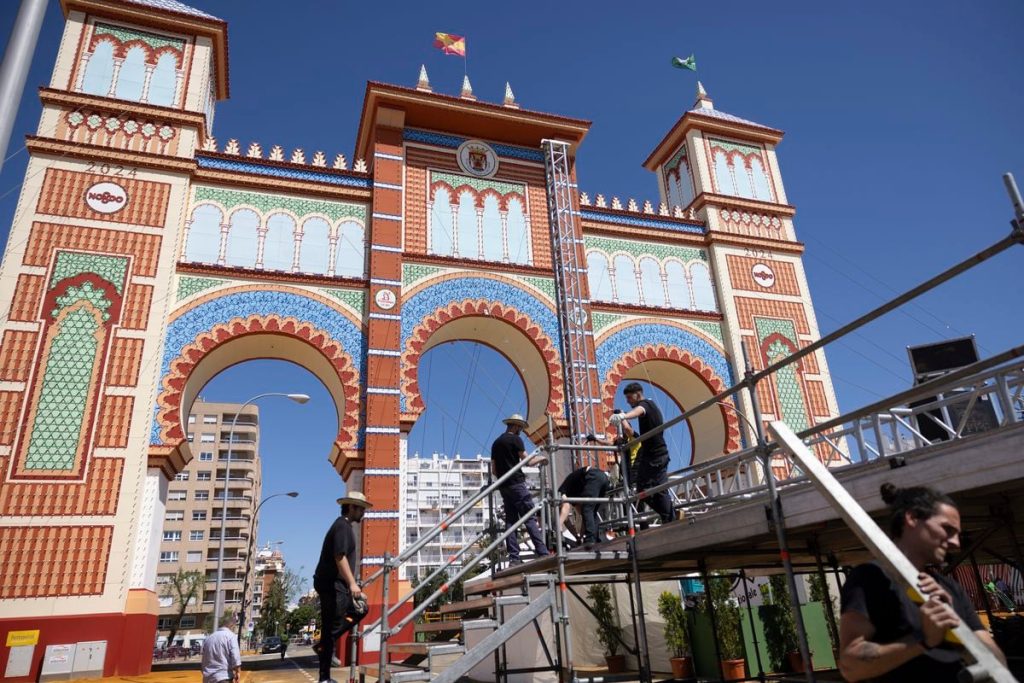The Seville Fair has just begun and there is talk of a referendum at the Real… And it’s not that the “rebujito” has led to national politics being brought into conversations at the booths. It’s about another consultation: changing the date to celebrate the event. This seemingly trivial question takes on another dimension in a city where 3% of its GDP depends on this spring celebration. This is the second consultation in less than a decade where Sevillians are asked the same question. Do you like the Fair in the current format, from Saturday to Saturday? Or do you prefer to return to the previous format, from Monday to Sunday? These are the two options that Sevillians will have to decide on from 9.00 on Tuesday, April 23 to 8.00 on Thursday, April 25, just the week after the Fair.
The Mayor, José Luis Sanz, has never hidden his dissatisfaction with the current model. “It’s not working,” he used to say during his electoral campaign. He conveyed some of the arguments that have gained traction among Sevillians in recent years: that the Fair was too long; that from Thursday to Saturday it empties out because people go to the beach; or that habits had changed and attendees arrived later. These impressions are what the Mayor now wants to gauge through a referendum. This is similar to what the previous municipal government, led by socialist Juan Espadas, did by convening a consultation where the current format was approved, albeit with very low participation of less than 7%.
The Seville Fair has an economic impact of almost one billion euros, according to data from the City Council in 2023. Last year, over two million people visited the Real (the venue where it is held), a record number despite temperatures exceeding 40 degrees. Hotel occupancy this week stands at 85%, according to the Hotel Association of Seville and Province. Despite these figures, the City Council has not conducted any study to determine which Fair model, with two weekends or just one, has greater economic repercussions or benefits more sectors.
The Association of Booth Holders, Atica, shares the view that the current model makes the Fair too long and increases costs for catering companies. Many family booths are partially empty in the final days, leading to financial strain on Sevillian households. Some families of private booths have opened them to the public in recent editions to mitigate costs. The change to the current model was also influenced by shifting customs, such as the extended pre-Fair celebrations from the initial model. Various sectors support the current format, highlighting the increased attendance from visitors outside of Seville.
Different groups, such as the Feria Carriage Drivers’ Guild and the hospitality sector, prefer the longer Fair model for various reasons. They argue that the longer Fair attracts more visitors and benefits their businesses. However, others point out the excessive attendance and the impact on the city. The decision now lies with a census of 582,957 people registered in Seville over 18 years old, booth holders from other municipalities, and carriage owners. The President of the Junta, Juan Manuel Moreno, has expressed uncertainty about how he will vote. Ultimately, the future of the Fair will be decided by the people of Seville and the traditions of “rebujito” and Sevillanas will play a crucial role in shaping the outcome.


